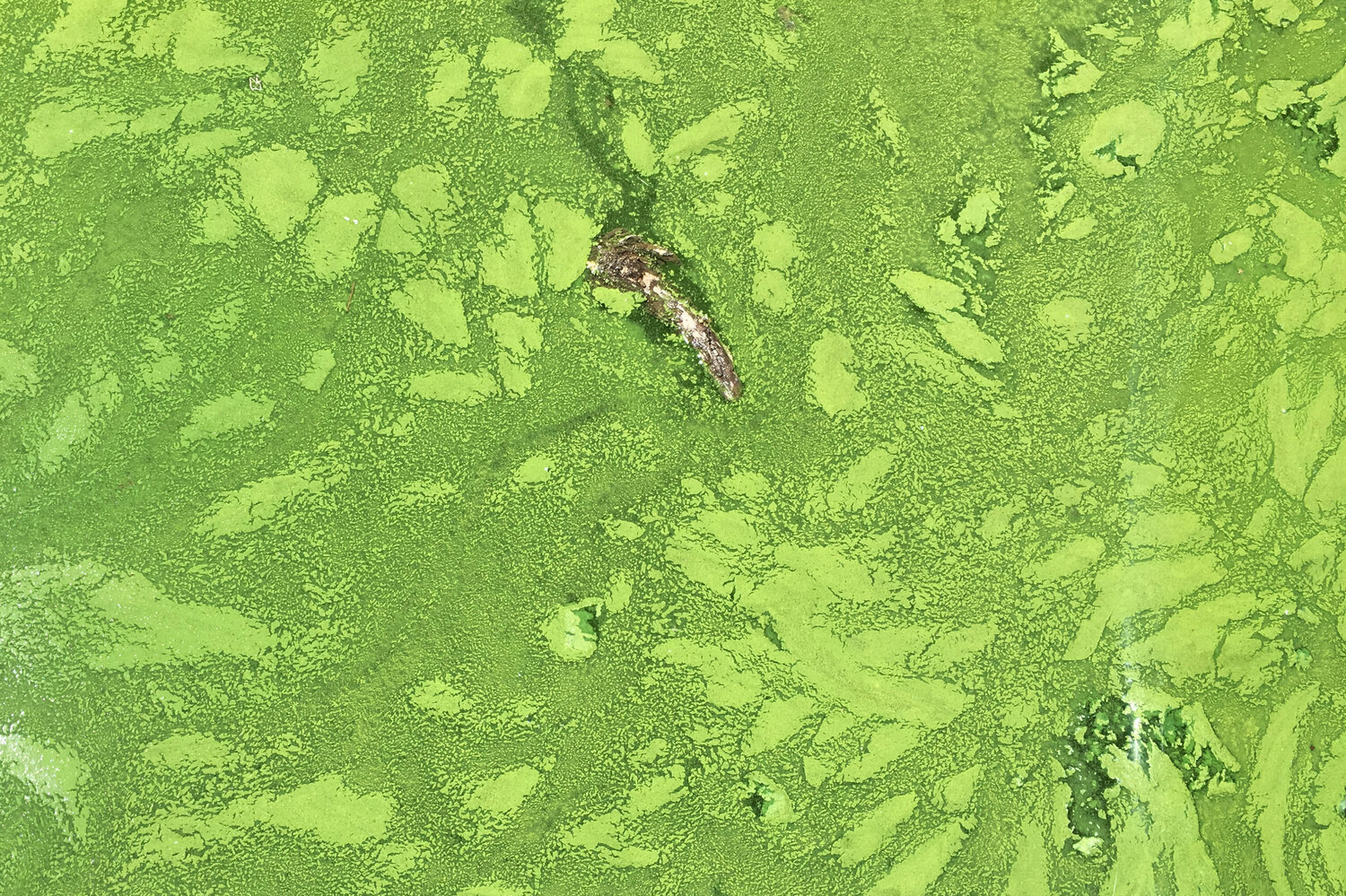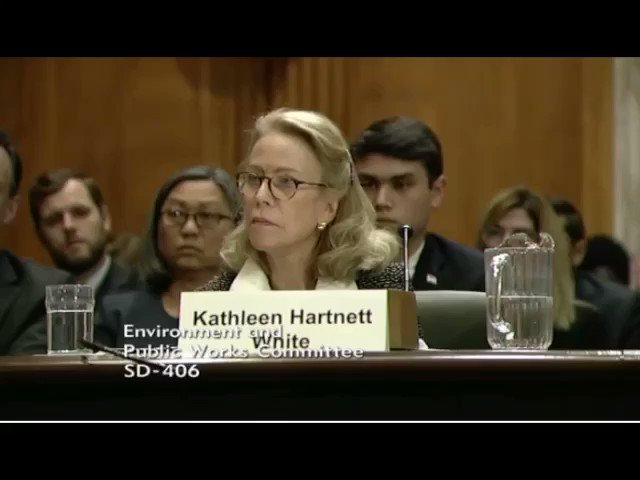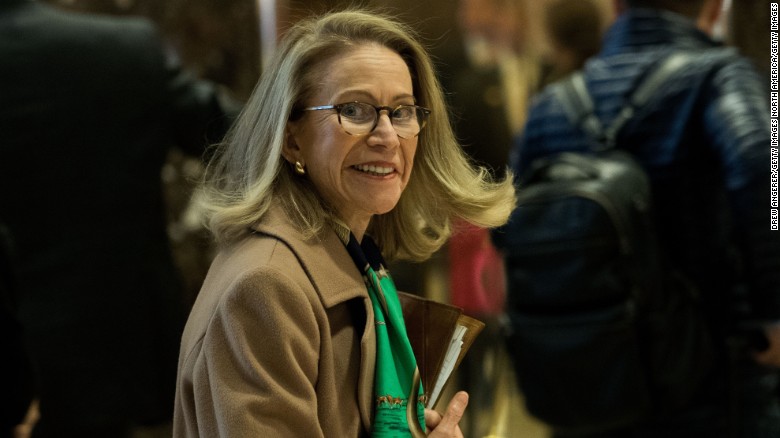Slate – Science
Why Are Conservatives More Susceptible to Believing Lies?
An interplay between how all humans think and how conservatives tend to act might actually explain a lot about our current moment.
 Photo illustration by Natalie Matthews-Ramo. Photos by FoxNews and FoxNews.com.
Photo illustration by Natalie Matthews-Ramo. Photos by FoxNews and FoxNews.com.
By John Ehrenreich November 9, 2017
Many conservatives have a loose relationship with facts. The right-wing denial of what most people think of as accepted reality starts with political issues: As recently as 2016, 45 percent of Republicans still believed that the Affordable Care Act included “death panels” (it doesn’t). A 2015 poll found that 54 percent of GOP primary voters believed then-President Obama to be a Muslim (…he isn’t).
Then there are the false beliefs about generally accepted science. Only 25 percent of self-proclaimed Trump voters agree that climate change is caused by human activities. Only 43 percent of Republicans overall believe that humans have evolved over time.
And then it gets really crazy. Almost 1 in 6 Trump voters, while simultaneously viewing photographs of the crowds at the 2016 inauguration of Donald Trump and at the 2012 inauguration of Barack Obama , insisted that the former were larger. Sixty-six percent of self-described “very conservative” Americans seriously believe that “Muslims are covertly implementing Sharia law in American courts.” Forty-six percent of Trump voters polled just after the 2016 election either thought that Hillary Clinton was connected to a child sex trafficking ring run out of the basement of a pizzeria in Washington, D.C., or weren’t sure if it was true.
If “truth” is judged on the basis of Enlightenment ideas of reason and more or less objective “evidence,” many of the substantive positions common on the right seem to border on delusional. The left is certainly not immune to credulity (most commonly about the safety of vaccines, GMO foods, and fracking), but the right seems to specialize in it. “Misinformation is currently predominantly a pathology of the right,” concluded a team of scholars from the Harvard Kennedy School and Northeastern University at a February 2017 conference. A BuzzFeed analysis found that three main hyperconservative Facebook pages were roughly twice as likely as three leading ultraliberal Facebook pages to publish fake or misleading information.
Why are conservatives so susceptible to misinformation? The right wing’s disregard for facts and reasoning is not a matter of stupidity or lack of education. College-educated Republicans are actually more likely than less-educated Republicans to have believed that Barack Obama was a Muslim and that “death panels” were part of the ACA. And for political conservatives, but not for liberals, greater knowledge of science and math is associated with a greater likelihood of dismissing what almost all scientists believe about the human causation of global warming.
It’s also not just misinformation gained from too many hours listening to Fox News, either, because correcting the falsehoods doesn’t change their opinions. For example, nine months following the release of President Obama’s long-form birth certificate, the percentage of Republicans who believed that he was not American-born was actually higher than before the release. Similarly, during the 2012 presidential campaign, Democrats corrected their previous overestimates of the unemployment rate after the Bureau of Labor Statistics released the actual data. Republicans’ overestimated even more than before.
Part of the problem is widespread suspicion of facts—any facts. Both mistrust of scientists and other “experts” and mistrust of the mass media that reports what scientists and experts believe have increased among conservatives (but not among liberals) since the early ’80s. The mistrust has in part, at least, been deliberately inculcated. The fossil fuel industry publicizes studies to confuse the climate change debate; Big Pharma hides unfavorable information on drug safety and efficacy; and many schools in conservative areas teach students that evolution is “just a theory.” The public is understandably confused about both the findings and methods of science. “Fake news” deliberately created for political or economic gain and Donald Trump’s claims that media sites that disagree with him are “fake news” add to the mistrust.
But, the gullibility of many on the right seems to have deeper roots even than this. That may be because at the most basic level, conservatives and liberals seem to hold different beliefs about what constitutes “truth.” Finding facts and pursuing evidence and trusting science is part of liberal ideology itself. For many conservatives, faith and intuition and trust in revealed truth appear as equally valid sources of truth.
To understand how these differences manifest and what we might do about them, it helps to understand how all humans reason and rationalize: In other words, let’s take a detour into psychology. Freud distinguished between “errors” on the one hand, “illusions” and “delusions” on the other. Errors, he argued, simply reflect lack of knowledge or poor logic; Aristotle’s belief that vermin form out of dung was an error. But illusions and delusions are based on conscious or unconscious wishes; Columbus’s belief that he had found a new route to the Indies was a delusion based on his wish that he had done so.
Although Freud is out of favor with many contemporary psychologists, modern cognitive psychology suggests that he was on the right track. The tenacity of many of the right’s beliefs in the face of evidence, rational arguments, and common sense suggest that these beliefs are not merely alternate interpretations of facts but are instead illusions rooted in unconscious wishes.
This is a very human thing to do. As popular writers such as Daniel Kahneman, Cass Sunstein, and Richard Thaler have pointed out, we often use shortcuts when we reason, shortcuts that enable us to make decisions quickly and with little expenditure of mental energy. But they also often lead us astray—we underestimate the risks of events that unfold slowly and whose consequences are felt only over the long term (think global warming) and overestimate the likelihood of events that unfold rapidly and have immediate consequences (think terrorist attacks).
Our reasoning is also influenced (motivated, psychologists would say) by our emotions and instincts. This manifests in all kinds of ways: We need to maintain a positive self-image, to stave off anxiety and guilt, and to preserve social relationships. We also seek to maintain consistency in our beliefs, meaning that when people simultaneously hold two or more contradictory beliefs, ideas, or values, one or the other must go. And so we pay more attention and give more credence to information and assertions that confirm what we already believe: Liberals enthusiastically recount even the most tenuous circumstantial evidence of Trump campaign collusion with the Russians, and dyed-in-the-wool Trump supporters happily believe that the crowd really was bigger at his candidate’s inauguration.
These limits to “objective” reasoning apply to everyone, of course—left and right. Why is it that conservatives have taken the lead in falling off the deep edge?
The answer, I think, lies in the interaction between reasoning processes and personality. It’s each person’s particular motivations and particular psychological makeup that affects how they search for information, what information they pay attention to, how they assess the accuracy and meaning of the information, what information they retain, and what conclusions they draw. But conservatives and liberals typically differ in their particular psychological makeups. And if you add up all of these particular differences, you get two groups that are systematically motivated to believe different things.
Psychologists have repeatedly reported that self-described conservatives tend to place a higher value than those to their left on deference to tradition and authority. They are more likely to value stability, conformity, and order, and have more difficulty tolerating novelty and ambiguity and uncertainty. They are more sensitive than liberals to information suggesting the possibility of danger than to information suggesting benefits. And they are more moralistic and more likely to repress unconscious drives towards unconventional sexuality.
Fairness and kindness place lower on the list of moral priorities for conservatives than for liberals. Conservatives show a stronger preference for higher status groups, are more accepting of inequality and injustice, and are less empathetic (at least towards those outside their immediate family). As one Tea Party member told University of California sociologist Arlie Hochschild, “People think we are not good people if we don’t feel sorry for blacks and immigrants and Syrian refugees. But I am a good person and I don’t feel sorry for them.”
Baptist minister and former Republican congressman J.C. Watts put it succinctly. Campaigning for Sen. Rand Paul in Iowa in 2015 he observed, “The difference between Republicans and Democrats is that Republicans believe people are fundamentally bad, while Democrats see people as fundamentally good.”
These conservative traits lead directly to conservative views on many issues, just as liberal traits tend to lead to liberal views on many issues. But when you consider how these conservative traits and these conservative views interact with commonly shared patterns of motivated reasoning, it becomes clearer why conservatives may be more likely to run into errors in reasoning and into difficulty judging accurately what is true and what is false.
It’s not just that Trump is “their” president, so they want to defend him. Conservatives’ greater acceptance of hierarchy and trust in authority may lead to greater faith that what the president says must be true, even when the “facts” would seem to indicate otherwise. The New York Times cataloged no less than 117 clearly false statements proclaimed publicly by Trump in the first six months of his presidency, with no evident loss in his supporters’ faith in him. In the same way, greater faith in the legitimacy of the decisions of corporate CEOs may strengthen the tendency to deny evidence that there are any potential benefits from regulation of industry.
Similarly, greater valuation of stability, greater sensitivity to the possibility of danger, and greater difficulty tolerating difference and change lead to greater anxiety about social change and so support greater credulity with respect to lurid tales of the dangers posed by immigrants. And higher levels of repression and greater adherence to tradition and traditional sources of moral judgment increase the credibility of claims that gay marriage is a threat to the “traditional” family.
Conservatives are also less introspective, less attentive to their inner feelings, and less likely to override their “gut” reactions and engage in further reflection to find a correct answer. As a result, they may be more likely to rely on error-prone cognitive shortcuts, less aware of their own unconscious biases, and less likely to respond to factual corrections to previously held beliefs.
The differences in how conservatives and liberals process information are augmented by an asymmetry in group psychological processes. Yes, we all seek to keep our social environment stable and predictable. Beliefs that might threaten relationships with family, neighbors, and friends (e.g., for a fundamentalist evangelical to believe that humans are the result of Darwinian evolution or for a coal miner to believe that climate change is real and human-made) must be ignored or denied, at peril of disrupting the relationships. But among all Americans, the intensity of social networks has declined in recent years. Church attendance and union membership, participation in community organizations, and direct political involvement have flagged. Conservatives come disproportionately from rural areas and small towns, where social networks remain smaller, but denser and more homogeneous than in the big cities that liberals dominate. As a result, the opinions of family, friends, and community may be more potent in conservative hotbeds than in the more anonymous big cities where Democrats dominate.
The lack of shared reality between left and right in America today has contributed greatly to our current political polarization. Despite occasional left forays into reality denial, conservatives are far more likely to accept misinformation and outright lies. Deliberate campaigns of misinformation and conservative preferences for information that fits in with their pre-existing ideology provide only a partial explanation. Faulty reasoning and judgment, rooted in the interactions between modes of reasoning and judgment shared by all with the specific personality patterns found disproportionately among conservatives may also play a central role.
 A algae bloom in Lake Erie contaminated the water supply for Toledo, Ohio, in August 2014. About 400,000 people were without usable water. The Washington Post/Getty Images
A algae bloom in Lake Erie contaminated the water supply for Toledo, Ohio, in August 2014. About 400,000 people were without usable water. The Washington Post/Getty Images
 Officials found the toxin microcystin in the blue-green algae present at Discovery Bay, Calif. For people exposed to the toxin, symptoms include dizziness, rashes, fever, vomiting and in more unusual cases, numbness.
Officials found the toxin microcystin in the blue-green algae present at Discovery Bay, Calif. For people exposed to the toxin, symptoms include dizziness, rashes, fever, vomiting and in more unusual cases, numbness. The docks behind homes at Discovery Bay, Calif., are quieter than usual because of fears of blue green algae toxins. Lesley McClurg/KQED
The docks behind homes at Discovery Bay, Calif., are quieter than usual because of fears of blue green algae toxins. Lesley McClurg/KQED
 Photo illustration by Natalie Matthews-Ramo. Photos by FoxNews and FoxNews.com.
Photo illustration by Natalie Matthews-Ramo. Photos by FoxNews and FoxNews.com. epa05969869 Republican Speaker of the House Paul Ryan speaks to the media about President Trump’s disclosure of classified information to the Russians, along.. JIM LO SCALZO
epa05969869 Republican Speaker of the House Paul Ryan speaks to the media about President Trump’s disclosure of classified information to the Russians, along.. JIM LO SCALZO President Trump walks out after an announcement about the Paris climate agreement in the Rose Garden of the White House in Washington on June 1. (Andrew Harrer/Bloomberg)
President Trump walks out after an announcement about the Paris climate agreement in the Rose Garden of the White House in Washington on June 1. (Andrew Harrer/Bloomberg)

 U.S. President Donald Trump attends a state dinner at the Great Hall of the People on November 9, 2017 in Beijing, China. Trump is on a 10-day trip to Asia. (CREDIT: Thomas Peter – Pool/Getty Images)
U.S. President Donald Trump attends a state dinner at the Great Hall of the People on November 9, 2017 in Beijing, China. Trump is on a 10-day trip to Asia. (CREDIT: Thomas Peter – Pool/Getty Images) The Koch Brothers were heavily involved with financing the Tea Party during Obama’s Presidency (CREDIT: MSNBC)
The Koch Brothers were heavily involved with financing the Tea Party during Obama’s Presidency (CREDIT: MSNBC)